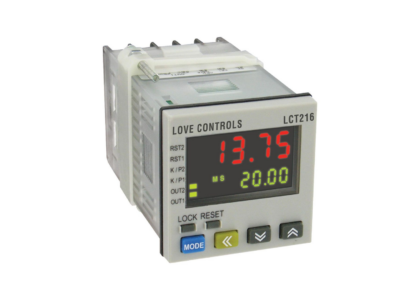In today’s fast-paced world, communication is key to success, whether it be for personal or business reasons. And with the advent of wireless communication, the need for RF (Radio Frequency) transceivers has become increasingly important. RF transceivers are electronic devices that transmit and receive RF signals. These signals carry information such as voice, data, and video, and are used in a variety of applications, including mobile phones, Wi-Fi, Bluetooth, and RFID.
One of the challenges with RF communication is the interference that can be caused by other devices operating on the same frequency band. This can result in poor quality of communication, which can be frustrating for users. To address this issue, a new type of RF transceiver has been developed that can improve the quality of communication by reducing interference.
This new RF transceiver uses advanced signal processing techniques to minimize the effects of interference. One such technique is adaptive filtering, which involves dynamically adjusting the filtering parameters based on the received signal. This allows the transceiver to effectively remove interference and improve the quality of communication.
Another technique used in this new RF transceiver is digital pre-distortion (DPD). DPD involves the use of algorithms to correct for nonlinearities in the power amplifier, which can cause distortion in the transmitted signal. By correcting for these nonlinearities, the transceiver can improve the accuracy and reliability of the transmitted signal, resulting in better quality of communication.
In addition to these advanced signal processing techniques, the new RF transceiver also features a wide dynamic range. This means that it can handle a wide range of signal strengths, from very weak to very strong. This is important because in real-world scenarios, signal strength can vary greatly depending on factors such as distance, obstacles, and environmental conditions.
The new RF transceiver also supports multiple modulation schemes, including amplitude modulation (AM), frequency modulation (FM), and phase modulation (PM). This allows it to be used in a variety of applications, including voice, data, and video transmission.
Overall, the new RF transceiver represents a significant improvement in the quality of RF communication. By reducing interference and correcting for nonlinearities in the power amplifier, it can provide users with clearer and more reliable communication. Its wide dynamic range and support for multiple modulation schemes make it a versatile solution for a wide range of applications. As wireless communication continues to play an increasingly important role in our daily lives, innovations like this new RF transceiver will be critical in ensuring that we can communicate effectively and reliably.




